There has been much talk regarding the mandatory reporting for climate related financial disclosure that has been announced. With the first year’s reporting to take place in the 2024-25 period, it is coming to the forefront of organisations agendas, and if it isn’t there yet, it should be. While there is certainly a lot to unpack and nuances on how and when it will impact your organisation. Its critical that we don’t get too caught up in the weeds, and we all endeavor to keep front of mind the intention behind mandatory reporting. The disclosures are designed to mitigate the impacts of climate risk, including both physical and transformational risks, and disclose the efforts that your organisation is taking to mitigate climate change.
“Yes, new climate-related reporting requirements will impose new obligations on directors and reporting entities. But they also create opportunities”. (ASIC Chair Joe Longo)
The original architecture of the standards that we will see is based on the four pillars from the Taskforce on Climate-related Financial Disclosure (TCFD) framework of governance, strategy, risk management and sustainability metrics and targets. This has now been replaced with the International Sustainability Standards Board (ISSB) is the framework that organisatuions will be held accountable to in the future. Established by the International Financial Reporting Standards (IFRS) to develop a consistent global baseline for sustainability-related financial disclosures. The IFRS released two standards IFRS S1 (General Requirements for Disclosure of Sustainability- related financial information) and IFRS S2 (Climate-related disclosures), these are intended to enable primary users of general-purpose financial reports the ability to understand an organisation’s exposure and risk on climate-related issues. Organisations will now have to show how they have incorporated climate-related risks and opportunities into their business plans, this is also now an expectation by markets and investors as they are increasingly relying on this information to make decisions. “That’s why climate and sustainability disclosures and statements need to be rigorous, robust, and comprehensive.” Asic
Impacts and timelines
Within the Australian market, “more than 6,000 entities will be required to report under new climate-related disclosure requirements in the next few years. They need to start preparing for the future, now”(ASIC Chair Joe Longo). While a number of large companies will have relatively mature reporting lines and given such getting these companies up to the ISSB framework standard should theoretically not be a huge stretch, there will still be significant work involved to achieve this standard.
A three-phased approach is proposed, starting with large entities that expands over two years to apply to progressively smaller entities. Allowing smaller entities more lead time before they are subject to the mandatory requirements enables them to build the capability and skills required to meet their obligations.
Entities that fulfil two of the three thresholds below are required to report requirements.
| Group | Employees | Consolidated Gross Assets | Consolidated revenue | Reporting period |
| 1 | >500 | $1 billion or More | $500 million or more | 2024-25 |
| 2* | >250 | $500 Million or more | $200 Million or More | 2026-27 |
| 3** | >100 | $25 million or more | $50 Million or More | 2027-28 |
*Entities are required to report under Chapter 2M of the Corporations Act as a “controlling corporation” under the NGER Act and meet the NGER publication threshold.
**Entities required to report under Chapter 2M of the Corporations Act as a “controlling corporation” under the NGER Act.
Get started
In order to understand where your organisation is placed, it is important to undertake a materiality assessment and ensure that you have an impact strategy that is aligned with your company’s purpose. From here, we would suggest undertaking a rigorous gap analysis. From this, a clear road map can be established, and the relevant working groups and capacity building can be planned.
If you are an SME and are thinking that you may be able to delay taking these on this level of reporting then, I would suggest that this may not be the best approach and you may find yourself either scrambling or even worse losing market share. Organisations that have anything to do with a larger supply chain, you will find it in your best interest to be on the front foot when it comes to this reporting as you can be assured that the big players will be asking you for your data so that they can populate their report. An example of this already coming into play is that Coles has already stated that they will be looking to their supply chain for scope 3 emissions data, and identifying ways to reduce this impact.
While building this knowledge within your company, it is always worth looking to what else might be on the horizon. This level of reporting follows the action already taken by key trading areas such as Europe, NZ, Canada, Japan, and the US, albeit to a slightly lesser extent. Within these regions, momentum is gaining pace in relation to disclosure on other sustainability-related topics, including nature and biodiversity.
This means considering and implementing the systems, processes, and governance practices required to meet new climate reporting requirements. It means ensuring you adopt the necessary practices to avoid greenwashing. The key message is to start. While these regulations will dictate much of the implementation, the supply chain that you operate within will undoubtedly be asking for it before the regulators. This is a great opportunity to look at taking steps to future-proof your business and gain an advantage over your competitor.

![[Climate Logic]](https://efe1f5e8.delivery.rocketcdn.me/wp-content/uploads/2023/07/climate-logic_logo_reverse.png)

